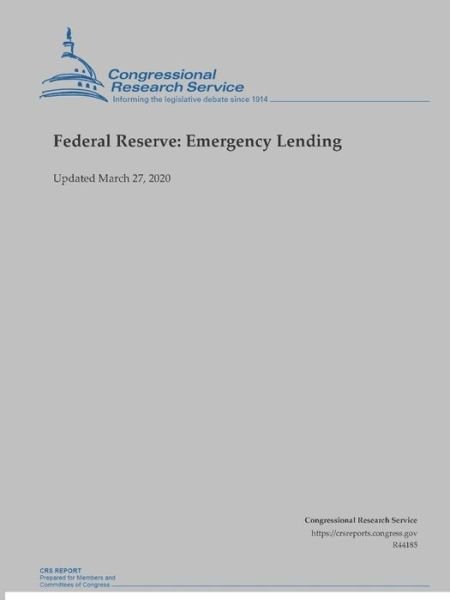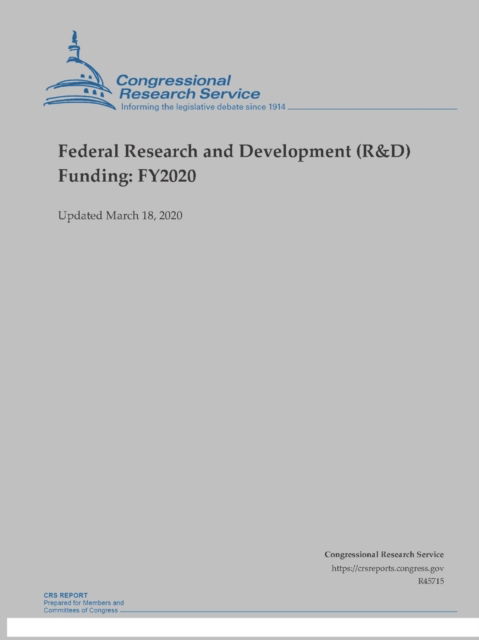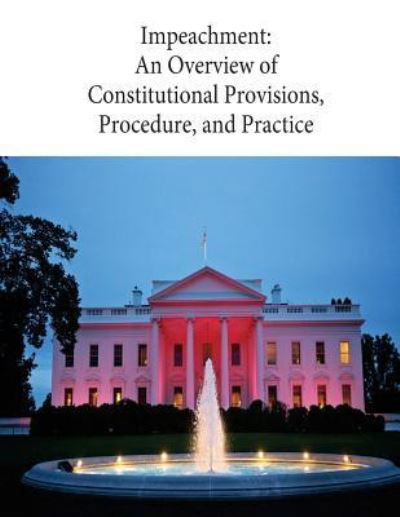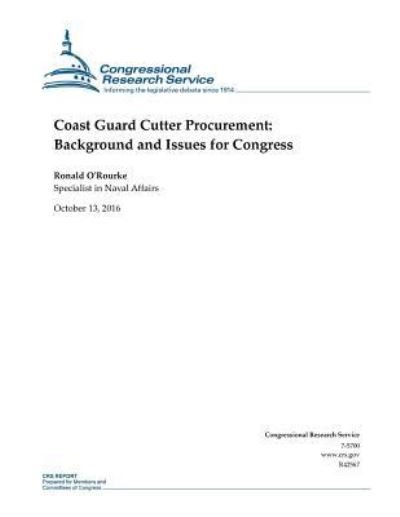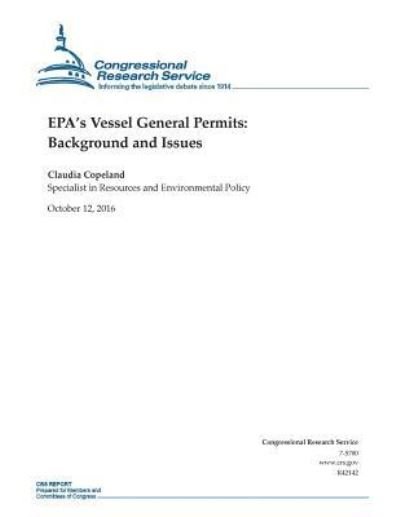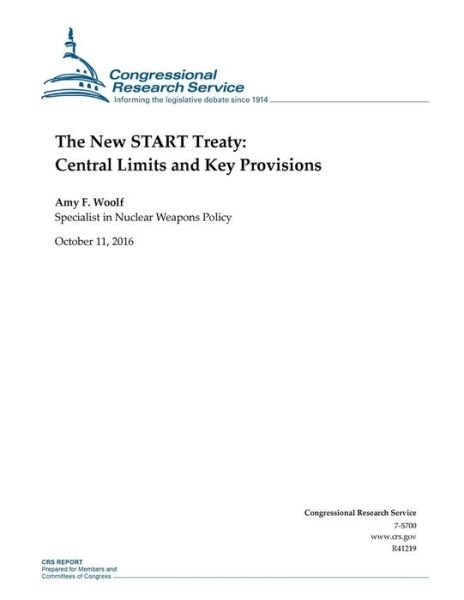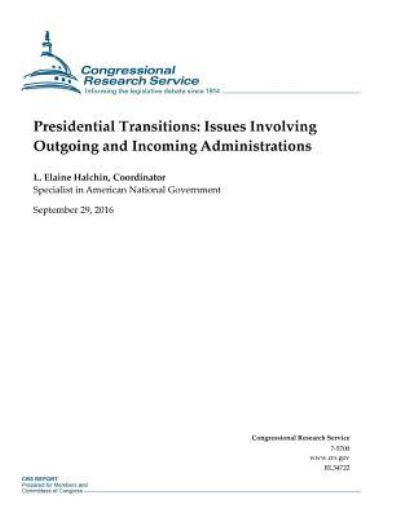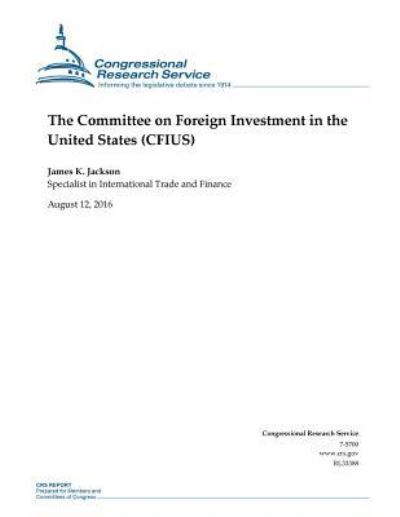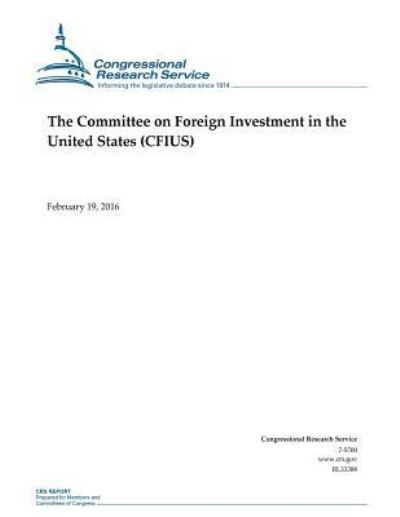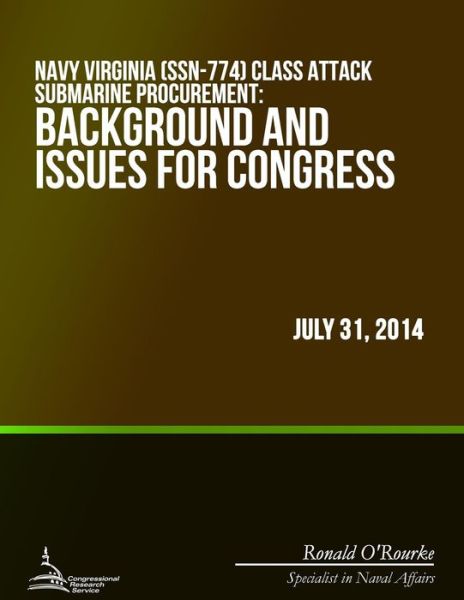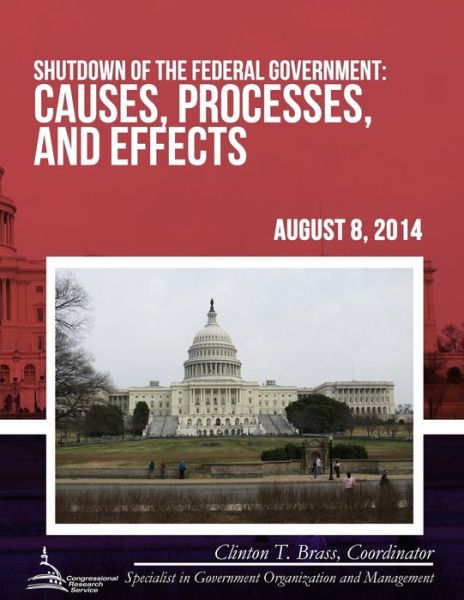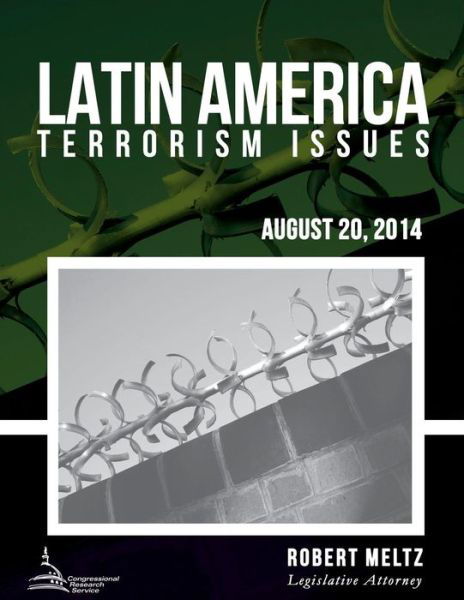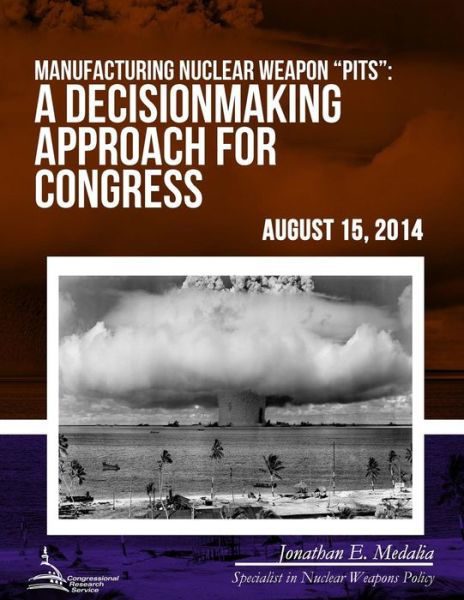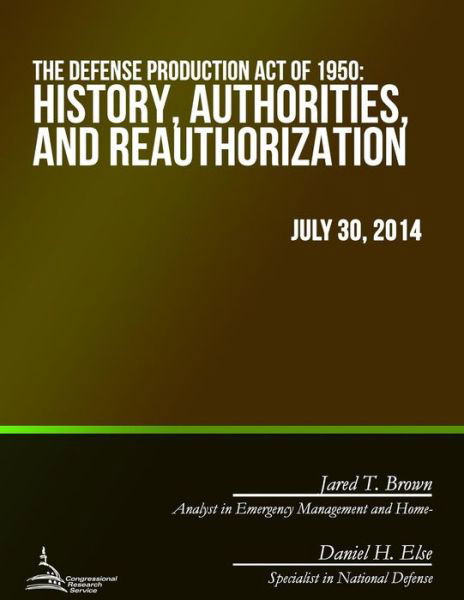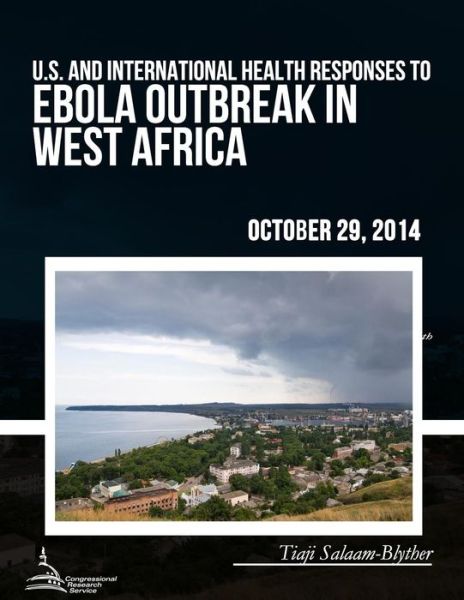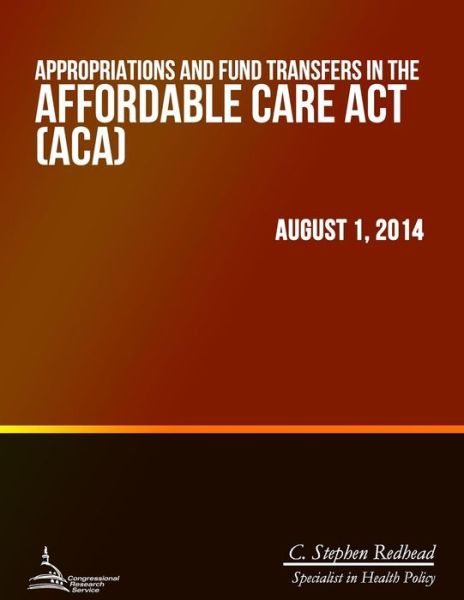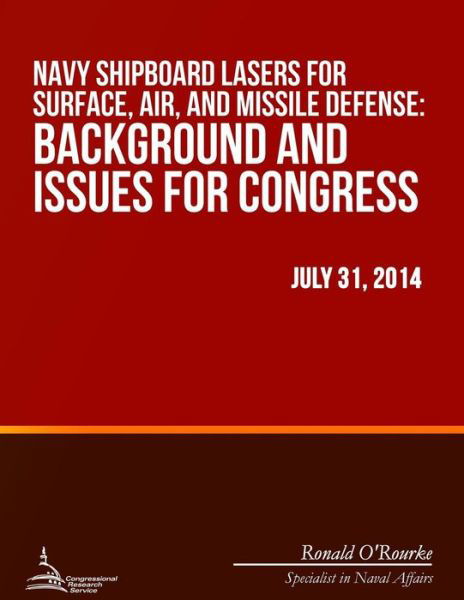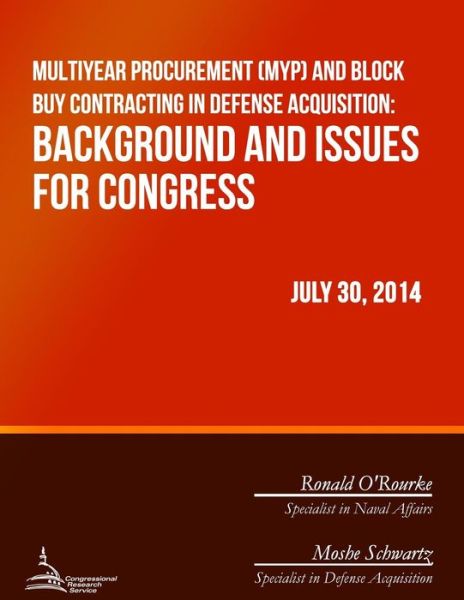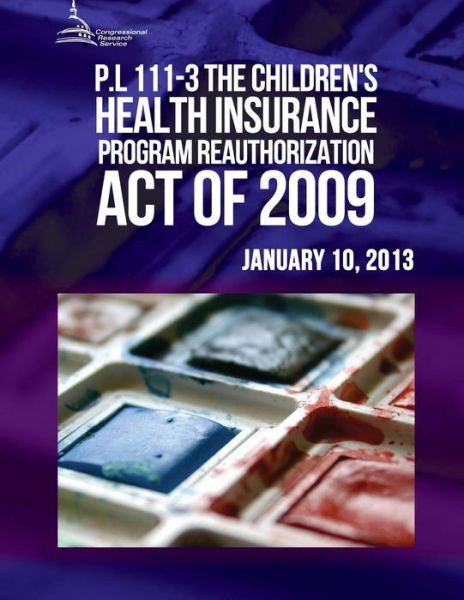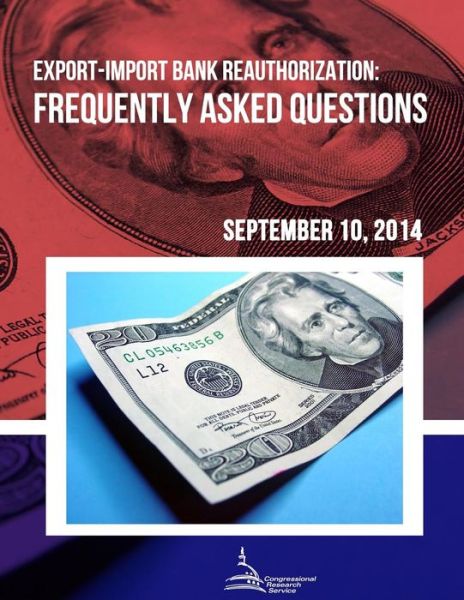
Tell your friends about this item:
Iran's Threat to the Strait of Hormuz
Congressional Research Service
Iran's Threat to the Strait of Hormuz
Congressional Research Service
Some officials of the Islamic Republic of Iran have recently renewed threats to close or exercise control over the Strait of Hormuz. Iran?s threats appear to have been prompted by the likely imposition of new multilateral sanctions targeting Iran?s economic lifeline?the export of oil and other energy products. In the past, Iranian leaders have made similar threats and comments when the country?s oil exports have been threatened. However, as in the past, the prospect of a major disruption of maritime traffic in the Strait risks damaging Iranian interests. U. S. and allied military capabilities in the region remain formidable. This makes a prolonged outright closure of the Strait appear unlikely. Nevertheless, such threats can and do raise tensions in global energy markets and leave the United States and other global oil consumers to consider the risks of another potential conflict in the Middle East. This report explains Iranian threats to the Strait of Hormuz, and analyzes the implications of some scenarios for potential U. S. or international conflict with Iran. These scenarios include: (1) Outright Closure. An outright closure of the Strait of Hormuz, a major artery of the global oil market, would be an unprecedented disruption of global oil supply and contribute to higher global oil prices. However, at present, this appears to be a low probability event. Were this to occur, it is not likely to be prolonged. It would likely trigger a military response from the United States and others, which could reach beyond simply reestablishing Strait transit. Iran would also alienate countries that currently oppose broader oil sanctions. Iran could become more likely to actually pursue this if few or no countries were willing to import its oil. (2) Harassment and/or Infrastructure Damage. Iran could harass tanker traffic through the Strait through a range of measures without necessarily shutting down all traffic. This took place during the Iran-Iraq war in the 1980s. Also, critical energy production and export infrastructure could be damaged as a result of military action by Iran, the United States, or other actors. Harassment or infrastructure damage could contribute to lower exports of oil from the Persian Gulf, greater uncertainty around oil supply, higher shipping costs, and consequently higher oil prices. However, harassment also runs the risk of triggering a military response and alienating Iran?s remaining oil customers. (3) Continued Threats. Iranian officials could continue to make threatening statements without taking action. This could still raise energy market tensions and contribute to higher oil prices, though only to the degree that oil market participants take such threats seriously. If an oil disruption does occur, the United States has the option of temporarily offsetting its effects through the release of oil from the Strategic Petroleum Reserve. Such action could be coordinated with other countries that hold strategic reserves, as was done with other members of the International Energy Agency after the disruption of Libyan crude supplies in 2011. Iran?s threats suggest to many experts that international and multilateral sanctions?and the prospect of additional sanctions?have begun to affect its political and strategic calculations. The threats have been coupled with a publicly announced agreement by Iran to resume talks with six countries on measures that would assure the international community that Iran?s nuclear program is used for purely peaceful purposes. Some experts believe that the pressure on Iran?s economy, and its agreement to renewed talks, provide the best opportunity in at least two years to reach agreement with Iran on curbing its nuclear program.
| Media | Books Paperback Book (Book with soft cover and glued back) |
| Released | April 28, 2012 |
| ISBN13 | 9781475275698 |
| Publishers | CreateSpace Independent Publishing Platf |
| Pages | 24 |
| Dimensions | 216 × 279 × 1 mm · 86 g |
| Language | English |
More by Congressional Research Service
See all of Congressional Research Service ( e.g. Paperback Book and Book )

 Christmas presents can be returned until 31 January
Christmas presents can be returned until 31 January


